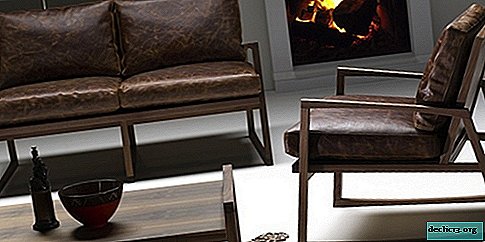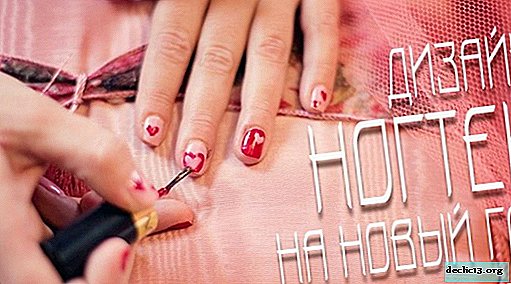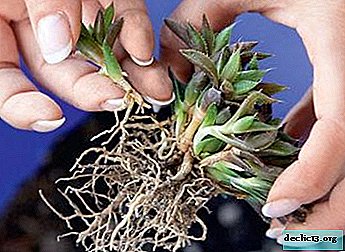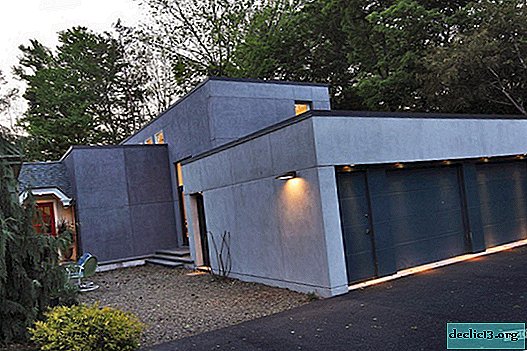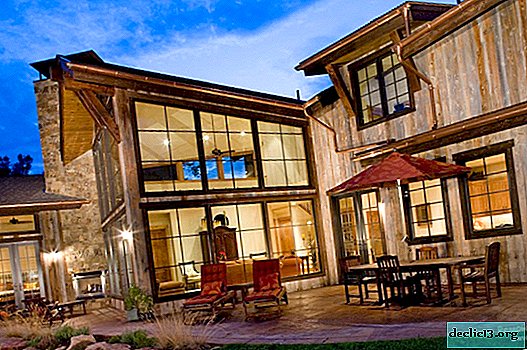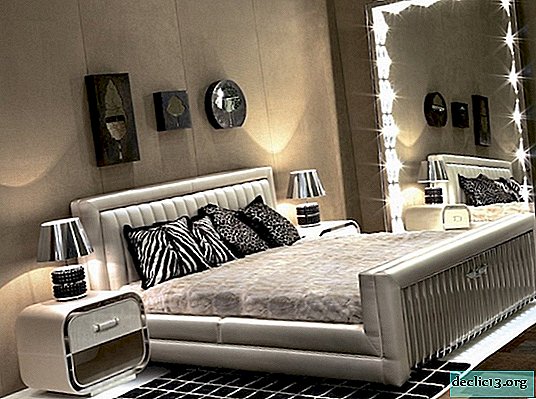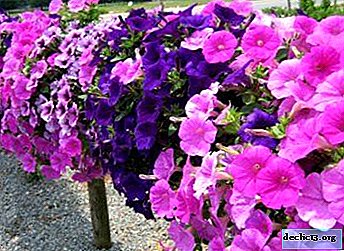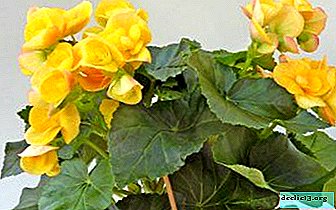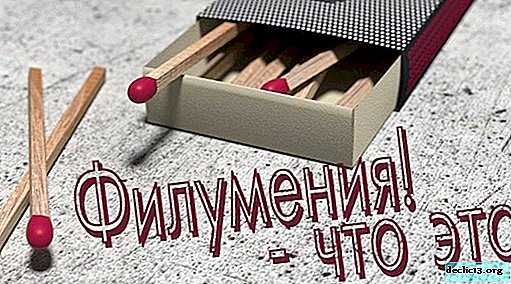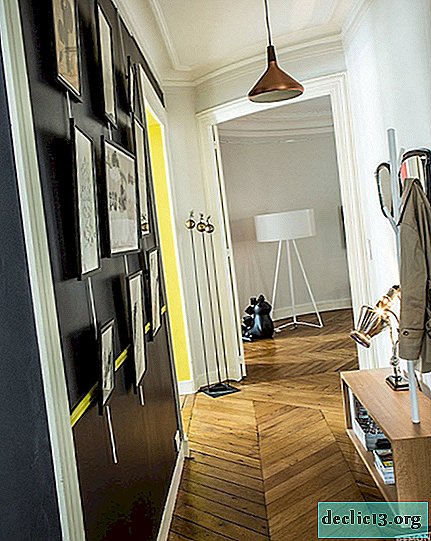For lovers of exotic flowers: features of care and growing lapidaria
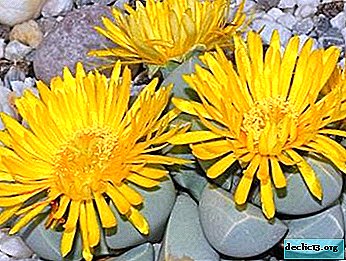
Lapidaria Margaret is popular among lovers of exotic flowers.
It is often planted on multi-tiered alpine hills and in rockeries, in rocky group landings with other succulents - agriroderma, lithops, and déterans. Also, subject to the necessary conditions, this plant can be kept in the apartment.
Consider the basic rules for caring for lapidaria, as well as ways to combat pests and diseases that can affect this flower.
Description
What it is?
Reference! Lapidaria Margaret - "Lapidaria margaretae" - a variety of the genus Lapidaria belongs to the Aiza family.In the literal translation from Latin, the name means "stone". Lapidaria Margaret - Succulent - Perennial, a flower is a living stone in appearance.
The native land of the plant is South Africa, Namibia, the territory of Varmbad and Botswana. The natural habitat is plains, crevices, rocky terrain, sunny slopes, steppes and deserts.
What does it look like?
 An adult flower grows undersized bush up to 3-4 cm in height. From the central outlet, an adult flower forms 2 - 3 lateral processes - rosettes. Has 2 to 4 pairs of leaves emerging from the base of the rosette.
An adult flower grows undersized bush up to 3-4 cm in height. From the central outlet, an adult flower forms 2 - 3 lateral processes - rosettes. Has 2 to 4 pairs of leaves emerging from the base of the rosette.
Indoor flower can produce up to 8 pairs of leaves. The leaves are trihedral, small, grow in width up to 1 cm and 1 - 1.5 cm in length.
Leaves are green with a bluish bluish bloom. Sometimes the leaves have a pink, purple hue at the base. The structure of the leaf plate is thick, fleshy, with clearly defined edges.
The flowers are single, yellow or white with a pronounced yellow core, up to 2 cm in diameter. Petals are straight, narrow, numerous. At the beginning of flowering, bright, subsequently the color fades. Stamens are straight, bright yellow, densely planted. Between the two petals of the outlet there is a clearly defined deep groove.
Does it have species?
Reference! Lapidaria Margaret is the only representative of the monotypic genus.It is called the Carra Desert Rose. The flower bears the name of Margarita Friedrich, a collector of flowers from the flora of southwest Africa.
Is it easy to grow?
Hardy and unpretentious flower grows and multiplies well at home. Observing the growing conditions, a flower can live in an apartment up to 10 - 15 years. A flower can live long without water.
Home Care
Lighting
Lapidaria Margaret prefers the sun, adult flowers well tolerate direct sunlight. Young seedlings demand bright, but diffused light. Flowering occurs only in good constant bright light.
Temperature
 In addition to direct sunlight, this tropical flower tolerates an increase in temperature in the summer to 25 - 27 ° C.
In addition to direct sunlight, this tropical flower tolerates an increase in temperature in the summer to 25 - 27 ° C.
During the rest period, in the winter months, it is necessary to lower the air temperature to 12 - 15 ° С.
A sharp decrease in temperature to 5 - 6 ° C is unacceptable, and also the plant does not tolerate cold and streams of cold air, drafts.
Location
Attention! Adult flowers are best placed on the south side of the house.The south windows must be obscured by a light curtain. Pots can be placed on the eastern and western windowsills of the apartment.
Watering
Lapidaria Margaret requires moderate watering in summer and spring. It is enough to moisten the substrate once every 2 weeks. It should be watered only with clean, warm water, pouring a small amount into the pan. Excess fluid should be drained. In winter, the flower contains almost no watering of the substrate.
Air humidity
The leaves do not need additional hydration; spraying the leaves is contraindicated. Humidity should be no higher than 40%.
Top dressing
Lapidaria Margaret dislikes fertile soils, top dressing is usually not required. During the growing period, you can fertilize the soil with mineral complex fertilizers through irrigation, fertilizers for succulents and cacti are also suitable. Fertilizers should be weakly concentrated.
The soil
A light, well-drained sand mixture is required. A ready-made substrate for succulents is suitable for planting.
Soil composition:
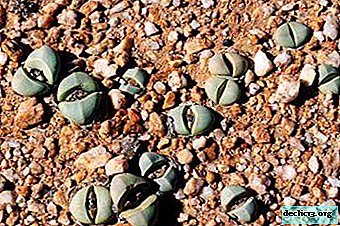 Quartz sand - 2 hours
Quartz sand - 2 hours- Sod land - 2 hours
- Sheet land - 3 hours
- Brick Chips - 1 hour
- Peat soil - 1 hour.
You can use a simplified version of a mixture of sheet land, coarse sand, in a ratio of 1: 1.
Drainage baking powder is required, you can use foam and brick chips, expanded clay. Before use, the substrate must be sterilized, steamed in the oven.
Pruning
Reference! Special pruning of lapidaria is not required.When transplanting, too long root processes are cut off, and dry, damaged, rotted parts of the flower are also removed. After flowering, a wilted peduncle is cut off at the base.
Breeding
Seeds
The process is long. Seedlings grown from seeds bloom only 2 to 3 years after sowing. Seed ripening requires pollination of flowers. Fruits - boxes ripen in the spring. Seeds are numerous, small. Seed germination is long, up to 6 - 8 years.
Before sowing, the seeds are soaked for 2 - 3 hours in a weak solution of manganese.
Sowing procedure:
- The substrate is poured into a spacious container.
- Seeds are laid out at a distance of 0.5 cm without deepening.
- Sowing is moistened.
- The container is covered with film or glass.
- Greenhouses are exposed in a bright place.
- The temperature of the content is 20 - 23 ° C.
- The greenhouse is aired daily.
- Seedlings germinate in 6 to 9 days.
- After wintering, seedlings dive into separate containers.
Cuttings
 Convenient way. When transplanting, the side outlets are separated. You can disassemble the outlet on leaf cuttings. Fleshy leaves and planting rosettes are dried before rooting.
Convenient way. When transplanting, the side outlets are separated. You can disassemble the outlet on leaf cuttings. Fleshy leaves and planting rosettes are dried before rooting.
The rooting procedure is carried out in early spring.:
- Leafy cuttings are laid out in landing containers with a ready-made substrate without deepening the base of the leaves.
- Cuttings root in 3 to 4 weeks.
- The place for rooting is bright, diffused light, good ventilation.
- The temperature of the content is at least 20 ° C.
- Watering is moderate.
You will find a lot of useful information about reproduction and the features of growing "live stones" in this article.
Transfer
The procedure is carried out for the first 2 to 3 years annually, in early spring. An urgent flower transplant is required if the pot has become small. Transplanted seedlings purchased in the store from a temporary container into individual pots with a special substrate.
Sowing substrate: porous, light, sandy, with the addition of perlite and sifted sheet soil. Ceramic containers are recommended for planting. Ceramics pass air well, do not allow overheating and supercooling of the root system.
Important! For soil permeability, drainage holes in the pot are necessary.Pots should choose a medium size, in accordance with the diameter of the outlet and branched root. Landing pattern:
- The mother bush is carefully removed.
- Sanitary pruning of root processes and damaged leaves is carried out.
- Places of cuts are sprinkled with charcoal.
- The young bush is transferred to the tank, retaining the earthen lump, by the method of transshipment.
- Before planting and after watering stops for 5 - 6 days.
Diseases and Pests
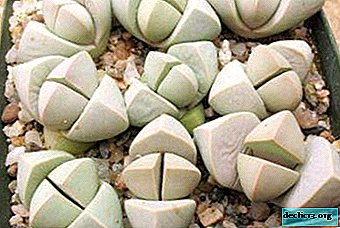 Gray and stem rot.Often Appears from excessive moisture and poorly drained substrate, water entering the leaves and the outlet.
Gray and stem rot.Often Appears from excessive moisture and poorly drained substrate, water entering the leaves and the outlet.A flower transplant is needed in a new substrate. Damaged areas are cut out.
- Mealybug. May appear from overflow. The substrate is treated with any insecticides.
- Aphid and spider mite. From these pests, you need to treat the substrate with an actellic solution.
Content difficulties
Unsuitable conditions of detention can lead to unpleasant consequences.:
- From a lack of light, the flower releases up to 10 - 12 pairs of leaves, the bush is deformed, loses its decorativeness and compactness.
- With high air humidity and dampness of the soil, the leaves stretch, cracks may appear, the roots are bridged.
- It is not recommended to use organic fertilizers - the substrate becomes infected with fungal infections, the leaves grow excessively, increase in volume, and lose attractiveness.
The care and cultivation of Margaret's lapidaria does not require much time and special preparation. The flower is easily rooted, not susceptible to disease, and grows rapidly.

 Quartz sand - 2 hours
Quartz sand - 2 hours Gray and stem rot.Often Appears from excessive moisture and poorly drained substrate, water entering the leaves and the outlet.
Gray and stem rot.Often Appears from excessive moisture and poorly drained substrate, water entering the leaves and the outlet.